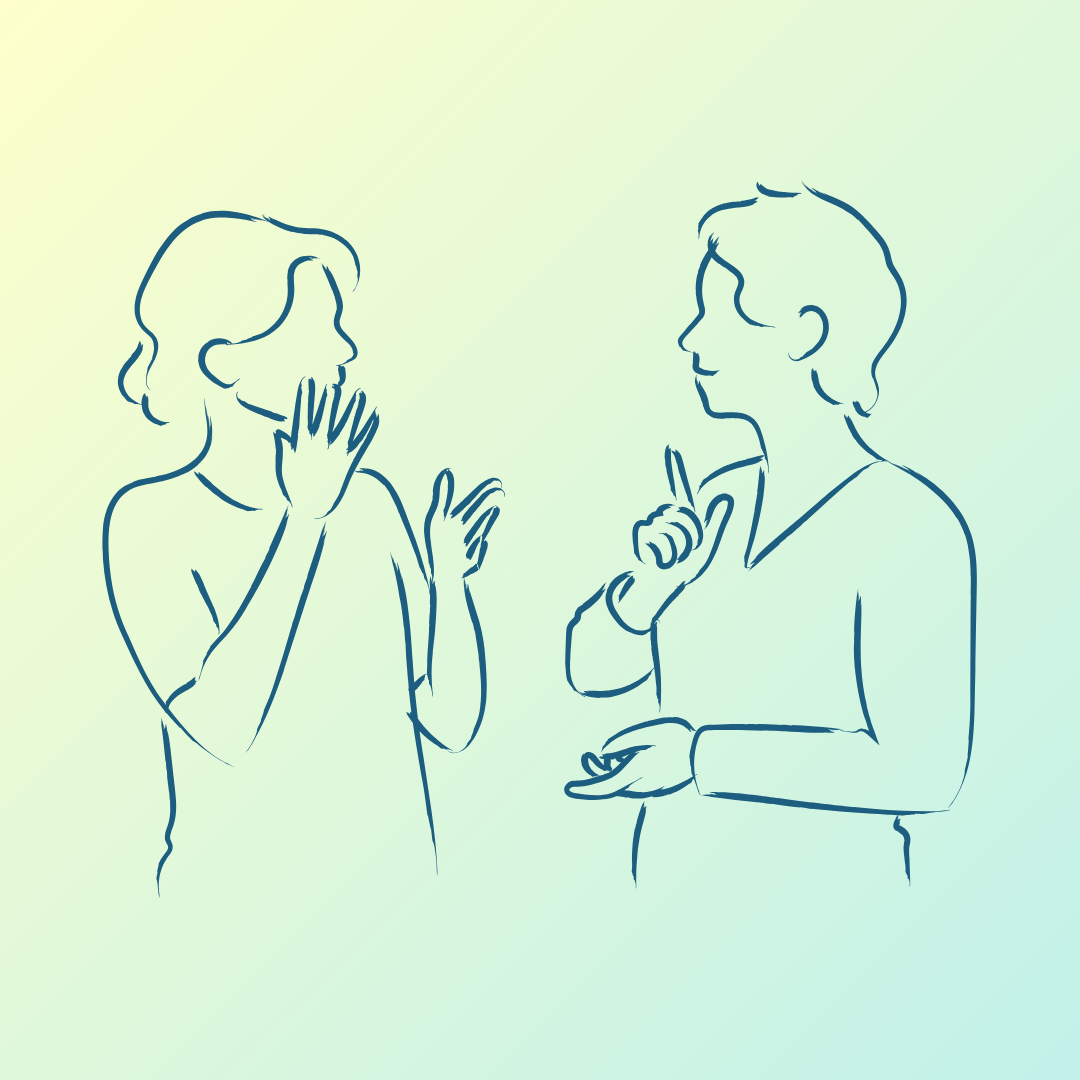A ‘miracle cure’ for deafness? For people like me, here’s why that isn’t our dream
By Oliver James Campbell,
The Guardian
| 05. 13. 2024
As someone who has been hard of hearing since I was a teenager, I read with great interest about the case of Opal Sandy – the 18-month-old British toddler who has recently had her hearing “restored” in a pioneering medical trial.
Opal was born with auditory neuropathy, which is caused by the disruption of nerve impulses travelling from the inner ear to the brain, and which left her completely deaf. But after taking part in what is being heralded as a “groundbreaking” gene therapy trial at Addenbrookes hospital in Cambridge, she can now hear almost perfectly.
It’s fantastic news that this little girl can now hear. She will no longer have to go through the negative situations that people with hearing loss often face. She won’t experience being self-conscious about her hearing, as I did as an adolescent, nor the difficulties of meeting new people, such as having to ask them to repeat themselves again and again. She won’t miss out on job progression because of her hearing loss. What is often required to get on in a company...
Related Articles
By Aisha Down, The Guardian | 11.10.2025
It has been an excellent year for neurotech, if you ignore the people funding it. In August, a tiny brain implant successfully decoded the inner speech of paralysis patients. In October, an eye implant restored sight to patients who had...
By Jessica Hamzelou, MIT Technology Review | 11.07.2025
This week, we heard that Tom Brady had his dog cloned. The former quarterback revealed that his Junie is actually a clone of Lua, a pit bull mix that died in 2023.
Brady’s announcement follows those of celebrities like Paris...
By Heidi Ledford, Nature | 10.31.2025
Late last year, dozens of researchers spanning thousands of miles banded together in a race to save one baby boy’s life. The result was a world first: a cutting-edge gene-editing therapy fashioned for a single person, and produced in...
By Lauran Neergaard, AP News | 11.03.2025
WASHINGTON (AP) — The first clinical trial is getting underway to see if transplanting pig kidneys into people might really save lives.
United Therapeutics, a producer of gene-edited pig kidneys, announced Monday that the study’s initial transplant was performed successfully...




